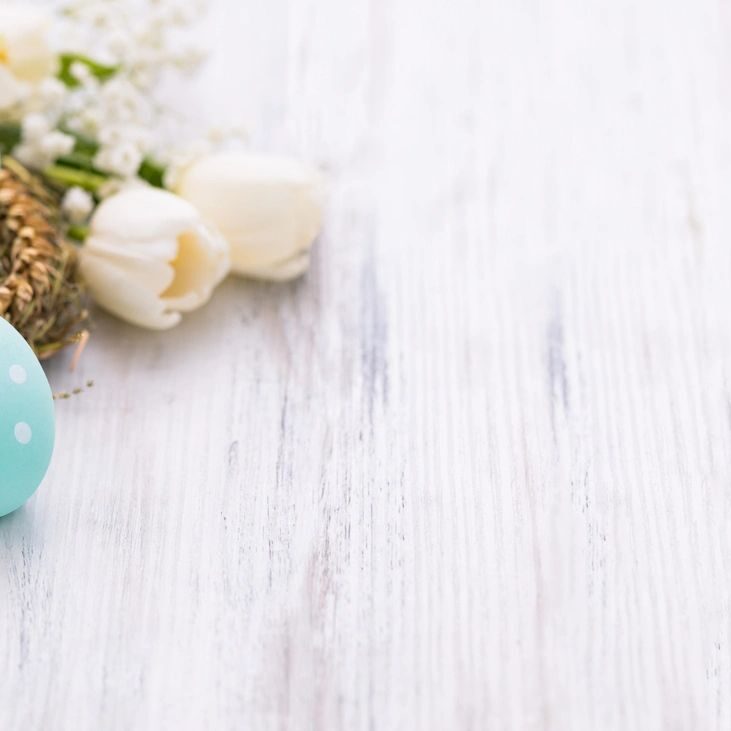Like many religious holidays, Easter is celebrated with local customs around the world. While here in the U.S. children might awaken to find baskets loaded with chocolate bunnies and other treats, many other cultures have unique practices that would be alien to most Americans.
When I lived in Mexico a number of years ago, I was caught up in the solemnity of Semana Santa (Holy Week) where processions and passion plays abound and where Christian rituals and pre-Columbian indigenous practices are infused in a colorful and often graphic display mixing superstition and gore. Although I never experienced firsthand the famous Easter omelet festival in southwestern France during the years I lived in Paris, its fame was renowned. Originating over 200 years ago during Napoleon’s reign, villagers in the town of Bessières gather to make a giant omelet made with thousands of eggs to be distributed to the poor. Meanwhile, my husband’s family in Greece is preparing for the holiday this week by baking the traditional tsoureki, or Easter bread, and dyeing the Easter eggs red to represent Christ’s blood which symbolizes the renewal of life and victory over death.
While many countries may observe certain holidays, such as Easter, there are many unique rituals that vary from culture to culture. Although Easter is celebrated globally, certain cultures commemorate the holiday with a blend of animistic beliefs, local folklore and superstition. Some of these traditions even stem from the holiday’s Pagan origins where the Sumerian goddess Ishtar (pronounced “Easter”) was hung naked on a stake, and was subsequently resurrected and ascended from the underworld. Below are a few examples of local customs to celebrate this popular holiday.
- Norwegians gear up for the Easter holidays with the Påskekrim, or “Easter crime” when Norwegians read crime novels and consume crime “culture”.
- In the Czech Republic, during Easter women are gently whipped with willow branches to provide them with good health, beauty and vitality to help with fertility.
- Given the environmental destruction feral rabbits have on their crops, Australians have replaced the Easter bunny with the bilby, a small rodent that is an endangered species. Children will often find this chocolate marsupial greeting them in their Easter basket on Easter morning.
- The Osterbaum or Easter tree, is a popular custom in Germany, with Easter eggs being hung from trees or large branches.
- In Poland, boys will attempt to drench others with water during a Polish Easter tradition called Smingus-Dyngus. Legend has it that girls who get soaked will marry within the year.
- In Haiti, Easter is celebrated with a blend of Catholic and Voodoo traditions which include colorful parades with traditional rara music played, chanting and animal sacrifices as offerings to the spirits.
Our cultural and religious traditions remain as strong a part of our identity as the food we eat. They are reflective of our values, our beliefs and our social mores. This week, multiple interfaith holidays are being observed globally. In addition to Easter and Passover, commonly celebrated in our Judeo-Christian society, many Hindus around the world are preparing for Hanuman Jayanti, which celebrates the birth of the monkey god Hanuman. In several southeast Asian countries where Theravada Buddhism is practiced, the full moon this week marks the beginning of the new year. And for those more secular, and closer to my home in Washington DC, this week may simply commemorate the final days of the cherry blossoms.
Whatever your beliefs or rituals may be, I wish you all the resurrection of warmer days and may you enjoy new beginnings with the first blossoms of spring after a cold and snowy winter.


